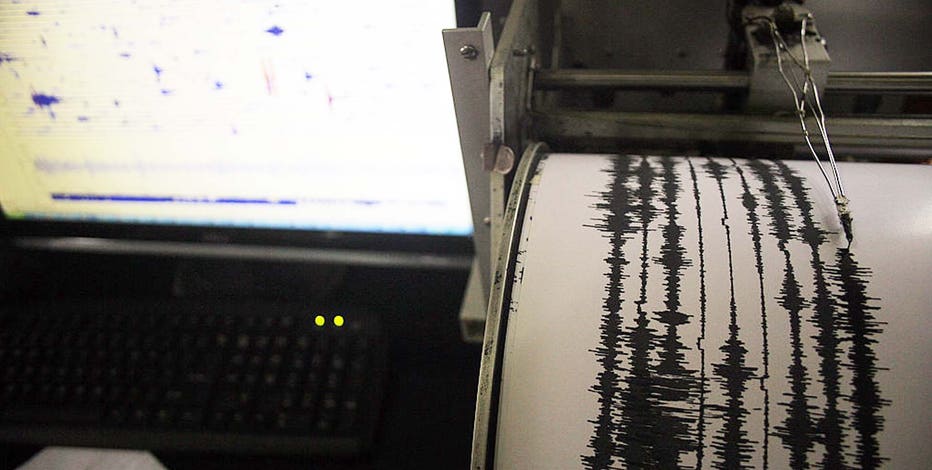California earthquake test alert goes off 7 hours ahead of Great ShakeOut
OAKLAND, Calif. - A crucial component of Wednesday's Great ShakeOut earthquake test experienced a significant misfire that jolted many Californians awake in the pre-dawn hours.
Nevertheless, other aspects of the test proceeded smoothly.
Earthquake shake alert apps are still grappling with growing pains as developers try to integrate many intricate technologies into a seamless and error-free package.
Seven hours prematurely, at 3:19 a.m. PST, millions of residents in California, Oregon, and Washington got a rude awakening when an earthquake alert phone warning system went off by mistake.
ShakeAlert, the warning system that feeds the MyShake app, acknowledged that there was "likely a mix-up between time zones set in the test alert system."
"This was the test alert that was meant to be delivered at 10:19 a.m. PST," explained USGS Seismic Scientist Robert de Groot. "Because there was a time zone error in the app that forced the alert to be delivered according to Universal Time."
After the time zone error was rectified, the test alert went out a 10:19 a.m.
"Better things are coming, We're continuing to improve the system," said de Groot.
San Francisco Fire Department Capt. Justin Schorr urged residents to take heed to all ShakeAlert notifications.
"Never disregard these alerts as mere drills. Always check your phone and stay informed," said Schorr.
When the alert sounded, BART train operators reduced their speed to 27 mph and briefly came to a stop. For those at home, work, or school, the tried-and-true response remains the same.
"We need to have a plan. We need to sit down and discuss with our family what we would do if we were together and an earthquake strikes and also, what to do when we're separated when the earthquake strikes," said Schorr.
Experts stress that the most critical element of the "Drop, Cover, and Hold on" technique is the "drop" because, with the ground shifting it can be challenging to remain upright and find safe cover.
The Amaroso family agrees.
"Protect ourselves by putting our hands over our neck and going under our desk," said the son.
" We go under the lunch tables outside. But, if we're inside, we just go under our desk," said the daughter. "Great ideas, especially for the kids to know how to handle lunch during an earthquake. As a parent , we're not there when thing happen," added the mom.
The most severe earthquake threats in the Bay Area are associated with the Hayward Fault or the ocean-side segment of the San Andreas Fault.


